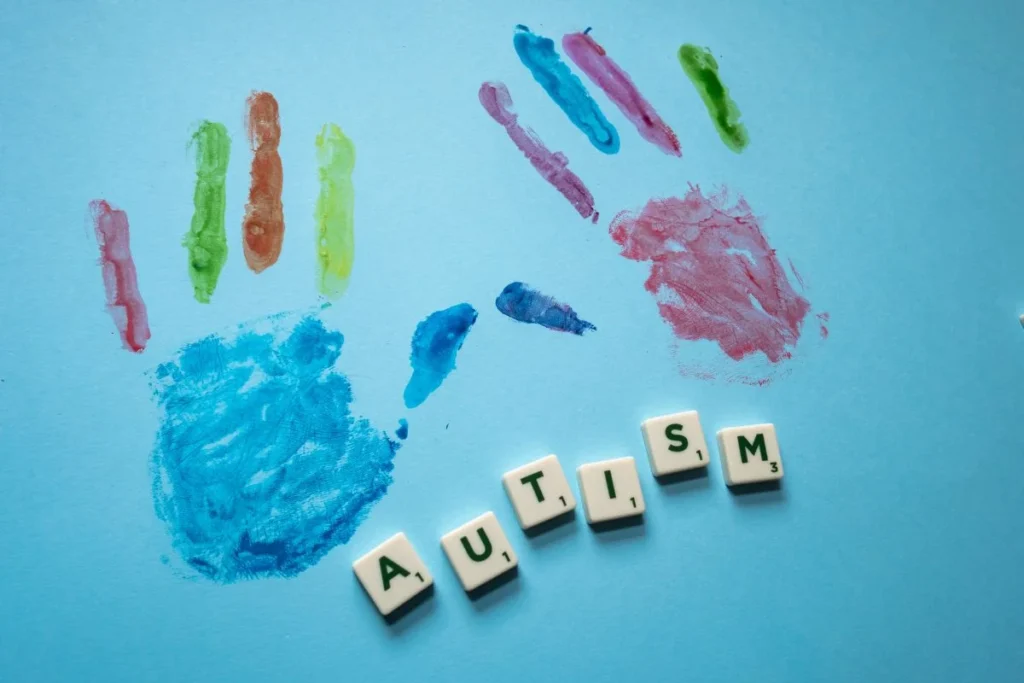There is a growing body of research that supports the effectiveness of early intervention for children with ASD. A review of the ASD early intervention literature published within the past 15 years found that early intervention can lead to improvements in communication, socialization, and behavior [1]. Another study found that early intervention can reduce autistic symptoms and language deficits in children with ASD [2].
Early intervention for children with ASD varies in its approach, intensity, and duration. The options available to families include applied behavior analysis (ABA), developmental and relationship-based approaches, and naturalistic developmental behavioral interventions (NDBI). The choice of early intervention approach depends on the child’s individual needs and the family’s preferences.
References:
- Efficacy of early interventions for infants and young children with autism spectrum disorder: A review of the literature
- Importance of Early Intervention in Reducing Autistic Symptoms and Language Deficits: A Study on Early Intervention in Autism Spectrum Disorders
Evidence-Based Treatment Approaches
Early intervention is critical for children with Autism Spectrum Disorder (ASD) to improve their developmental outcomes. Evidence-based treatment approaches have been developed and tested to help children with ASD reach their full potential. The following subsections describe some of the most commonly used and effective interventions for children with ASD.
Applied Behavior Analysis (ABA)
ABA is a widely used intervention for children with ASD. It is based on the principles of behaviorism and involves breaking down complex skills into smaller, more manageable steps. ABA uses positive reinforcement to increase desirable behaviors and reduce undesirable behaviors. According to a study published in the Journal of Autism and Developmental Disorders, ABA is an effective intervention for improving communication, social skills, and adaptive behavior in young children with ASD.
Developmental Models
Developmental models are based on the idea that children with ASD need to develop a foundation of basic skills before they can progress to more complex skills. Developmental models focus on building social, communication, and play skills through naturalistic play-based activities. The Early Start Denver Model (ESDM) is an example of a developmental model that is effective in improving social communication and cognitive skills in young children with ASD. A systematic review of early interventions for young children with ASD found that developmental models were effective in improving social communication and adaptive behavior.
Naturalistic Developmental Behavioral Interventions
Naturalistic developmental behavioral interventions (NDBIs) are based on the idea that learning occurs naturally in the context of everyday activities. NDBIs use naturalistic teaching strategies to promote social communication, play skills, and adaptive behavior. Examples of NDBIs include Early Social Interaction (ESI) and Joint Attention Symbolic Play Engagement and Regulation (JASPER) interventions. A study published in The Lancet Child & Adolescent Health found that NDBIs were effective in improving social communication and play skills in young children with ASD.
Measuring Effectiveness
Early intervention for autism is critical in improving outcomes for children with autism spectrum disorders (ASD). However, measuring the effectiveness of early intervention can be challenging. In this section, we will discuss two important aspects of measuring the effectiveness of early intervention for autism: outcome metrics and longitudinal studies.
Outcome Metrics
Outcome metrics are used to evaluate the effectiveness of early intervention programs for children with ASD. The most commonly used outcome metrics include:
- Improvement in social communication skills
- Reduction in challenging behaviors
- Improvement in adaptive skills
- Improvement in cognitive abilities
- Improvement in language skills
Measuring these outcome metrics requires a combination of standardized assessments, parent and teacher reports, and observational data. The use of multiple measures is important to ensure that the data collected is accurate and reliable.
Longitudinal Studies
Longitudinal studies are an important tool for evaluating the long-term effectiveness of early intervention programs for children with ASD. These studies follow children over an extended period, often several years, and collect data on a variety of outcome measures.
Longitudinal studies have shown that early intervention programs can have significant long-term benefits for children with ASD. For example, a study published in the Journal of the American Academy of Child and Adolescent Psychiatry found that children who received early intensive behavioral intervention (EIBI) had better long-term outcomes than children who received standard community care.
Challenges and Considerations
Early intervention for autism is widely recognized as an effective approach to improving outcomes for children with autism spectrum disorder (ASD). However, several challenges and considerations need to be addressed to ensure that early intervention is accessible, effective, and equitable for all families.
Accessibility and Disparities
One of the biggest challenges in early intervention for autism is ensuring that it is accessible to all families, regardless of their income, ethnicity, or location. Research has shown that there are significant disparities in access to early intervention services for families from low-income and minority backgrounds. These families may face barriers such as lack of transportation, limited access to healthcare providers, and language barriers.
To address these disparities, it is important to provide culturally and linguistically appropriate services that are accessible to all families, regardless of their background or location. This may require innovative approaches such as telehealth and mobile clinics.
Family Involvement
Another important consideration in early intervention for autism is the role of family involvement. Research has shown that involving families in the intervention process can improve outcomes for children with ASD. However, many families face challenges in participating in early intervention programs, such as a lack of time, resources, and support.
To address these challenges, it is important to provide families with the resources and support they need to participate in the intervention process. This may include training and education for parents, as well as support groups and resources to help families navigate the intervention process.
Individual Variability
Finally, it is important to recognize that children with ASD are highly individual and may respond differently to different intervention approaches. This variability can make it difficult to determine which interventions are most effective for each child.
To address this challenge, it is important to use a personalized approach to early intervention that takes into account each child’s unique strengths, challenges, and needs. This may involve using a variety of intervention approaches, such as behavioral interventions, speech therapy, and occupational therapy, and tailoring these interventions to each child’s individual needs.
Future Directions in Research
Research on early intervention for autism has made significant strides in recent years. However, there is still much to learn about the most effective ways to identify and support children with autism spectrum disorder (ASD). Here are some areas where future research could make a significant impact:
Technological Innovations
Advances in technology have the potential to revolutionize the way we diagnose and treat ASD. For example, wearable devices that monitor physiological indicators such as heart rate and sleep patterns could help clinicians identify early signs of ASD. Similarly, virtual reality and other digital tools could be used to create immersive, personalized interventions that are tailored to each child’s unique needs.
Early Biomarkers
One of the biggest challenges in early intervention for ASD is identifying children who are at risk before symptoms become apparent. Research into early biomarkers could help address this problem by identifying biological markers that are associated with ASD. For example, studies have shown that children with ASD have different patterns of brain activity than typically developing children. Identifying these biomarkers could help clinicians identify children at risk and intervene earlier.
Policy and Funding
Finally, policy and funding are critical areas for future research. In many countries, access to early intervention services for children with ASD is limited by factors such as cost and availability. Research into the most effective ways to allocate resources and support families could help ensure that all children with ASD have access to the interventions they need. Additionally, research into the long-term outcomes of early intervention could help policymakers make informed decisions about funding and resource allocation.







